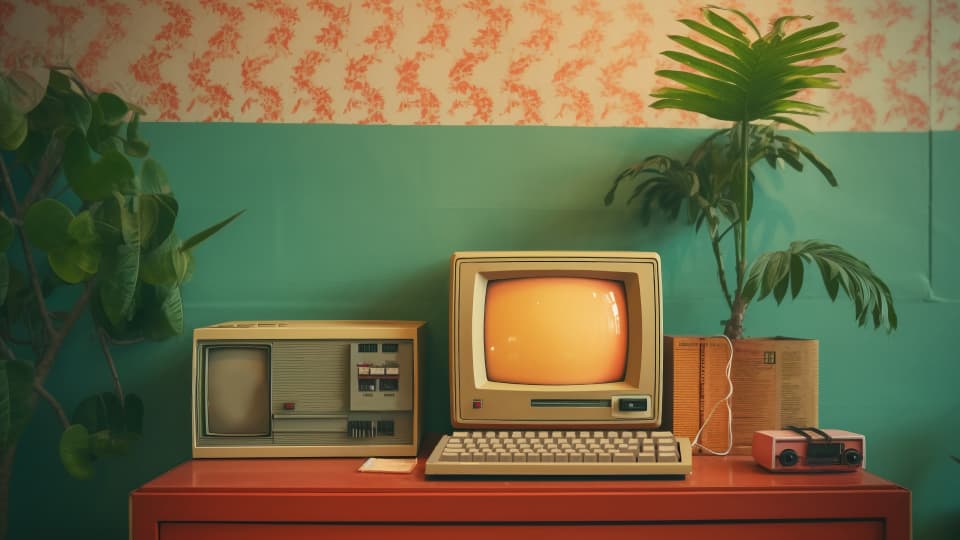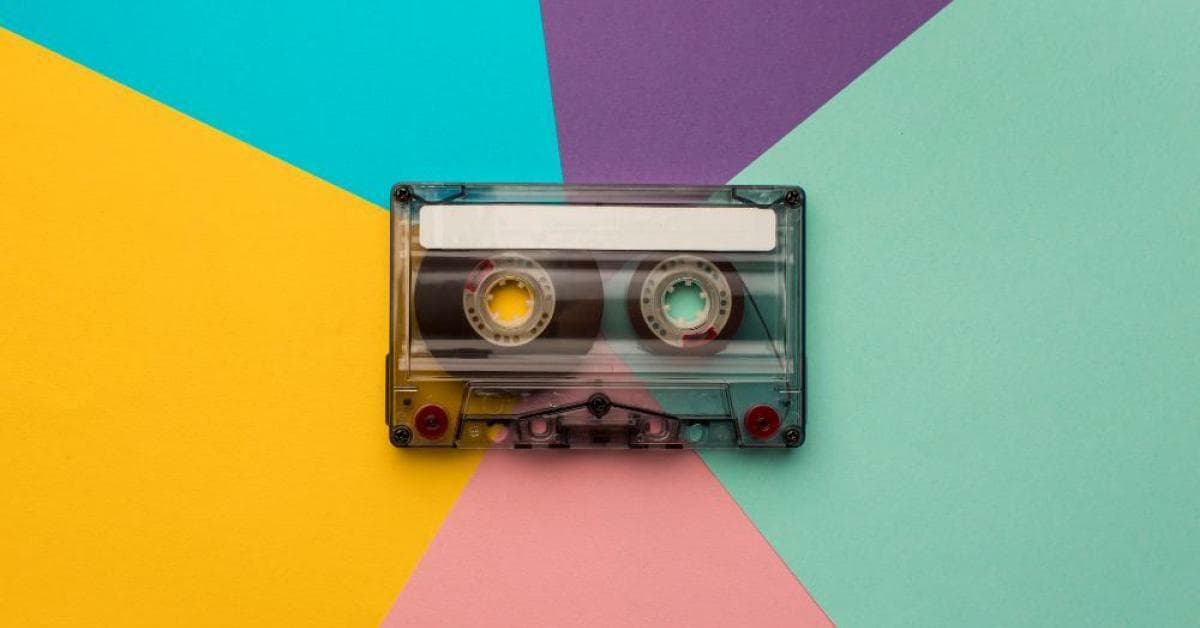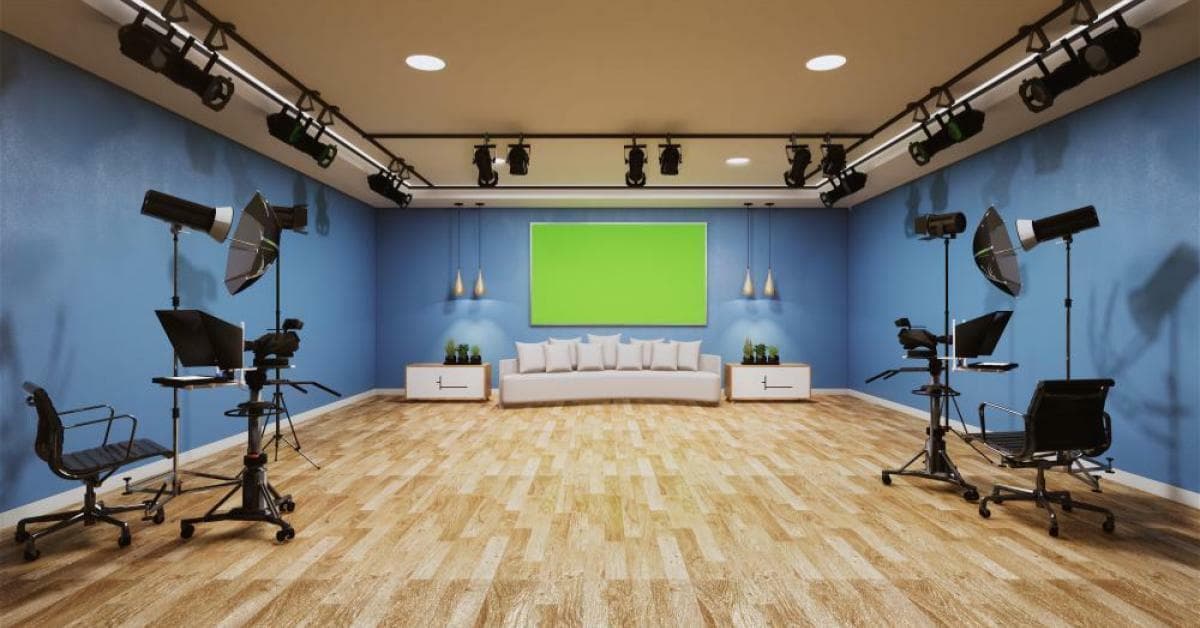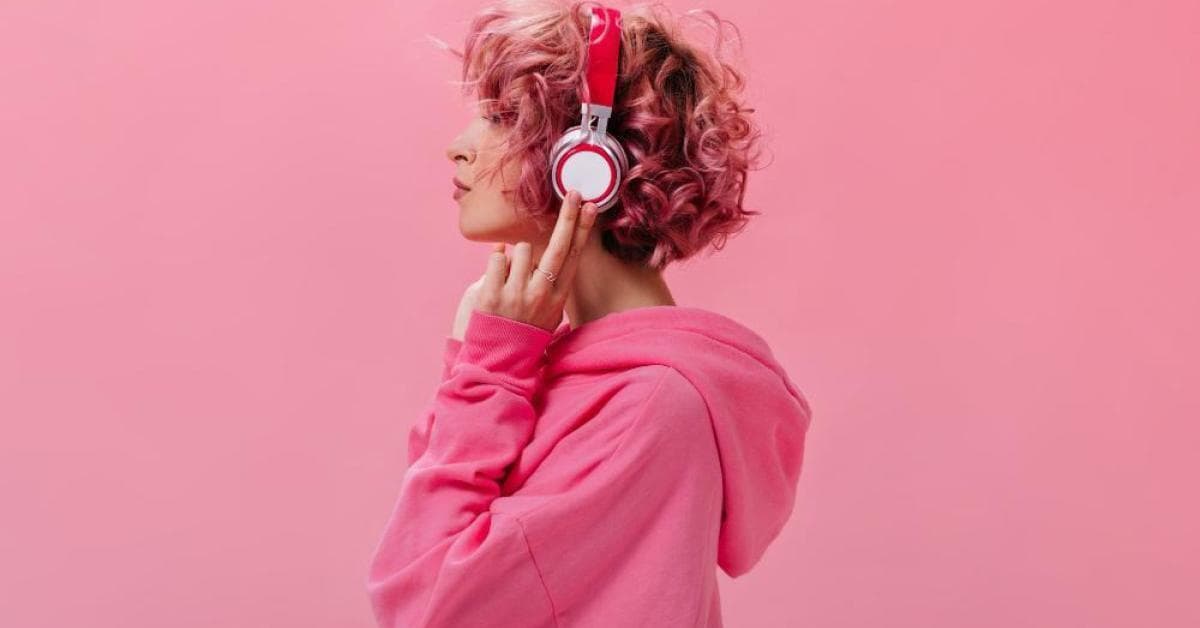Why Use Nostalgia in Event Marketing


Nostalgia is the oldest anti-depressant on the planet: Research shows that our brains are programmed to resurrect fond memories of the past to reignite feelings of contentment.
Event marketers can use environmental inputs to trigger feelings of nostalgia. Any one of our senses can set off a wistful reaction—a familiar smell, a favorite song or a memorable taste. Just bake some chocolate chip cookies in your booth and wait for the “I remember when...” stories to pour in. It’s a powerful response and although we each respond to our own set of environmental inputs, we all feel nostalgic sometimes.
Iconic brands can be part of our bittersweet yearning for the past. Baby boomers wax poetic about their Levi’s jeans and Volkswagen Beetles. Gen Xers still listen to U2 while they drive around in their Saabs. And millennials probably still have a Beanie Baby or two hiding in the back of their closet behind their collection of old Skechers and Vans.
Even if your brand hasn’t been around for long, you can still tap into nostalgia marketing to create brand awareness. Clever graphics, period imagery or era-defining typography help newly-minted brands evoke another time. The MOMA agency in Brazil created a series of 1950’s inspired ads for Facebook, YouTube, Twitter and Skype to drive Baby Boomers to use these new technologies. It worked. After they were released, baby boomers became the fastest growing user segment on social media.
The easiest way for mature brands to develop a nostalgia marketing campaign is to reprise an earlier, successful campaign. The Budweiser Clydesdales made their debut in 1933 and Anheuser-Busch has been using them in print ads, televised commercials, and live events ever since. Their recent back-to-back-to-back appearances in Super Bowls 2013-2015 put Budweiser at the top of ad meters everywhere, winning formal awards and racking up internet accolades. The trilogy of ads worked because it combined continuity—same characters in similar settings set against heart-tugging music—with new elements and an evolving narrative.
Experiential events have an obvious advantage when it comes to triggering nostalgic responses in attendees. But technology levels the playing field and may even amplify the reach of a retro marketing campaign. Who doesn’t want to “share” their warm and fuzzy feelings with friends?
Dos and don'ts:
- Know your audience. What’s nostalgic to a 50 year old may baffle a 30 year old. For global brands, a piece that plays on U.S. nostalgia may have no meaning at all in the U.K. or Brazil.
- Go big or go home. If you are reprising a successful marketing campaign of yore, go back far enough to be obviously retro – otherwise you just look outdated.
- Add something new. Even if you re-use a successful campaign, renew your audience’s interest with a new element or two. Leverage technology to personalize nostalgia campaigns. Continuity does not mean same old, same old.
- Consider your timing. Audiences are naturally receptive to nostalgic sentiments around holidays or milestone life events. Campaigns that can tie into pre-existing fond memories really hit home.
So before you start from scratch on a new nostalgia marketing campaign, take a look at what has worked for your brand in the past. Even with the advent of new technologies and new media channels, the oldies but goodies still grab at our heart strings. Nostalgia never goes out of style.


